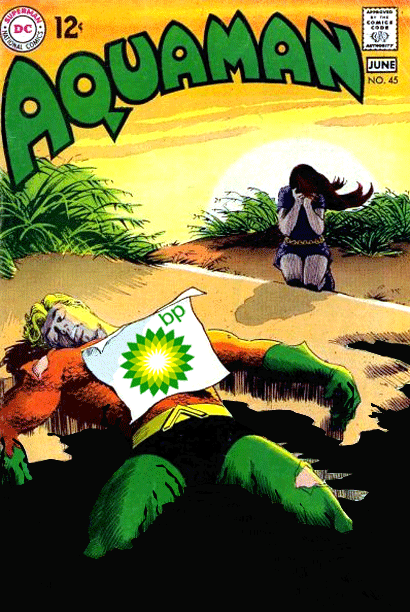WashingtonsBlog - Oregon State University have found a 40-fold increase in the amount of cancer-causing polycyclic aromatic hydrocarbons (PAHs) near Louisiana's Grande Isle between May and June.
Oregon researchers also believe:
The use of chemical dispersants during the oil spill coupled with the ultraviolet exposure in the Gulf may have increased the formation of OPAHs beyond expected levels.
And one of the researchers explained to the Huffington Post:
Based on the findings of other researchers, [Kim Anderson, an OSU professor of environmental and molecular toxicology] suspects that the abundant use of dispersants by BP increased the bioavailability of the PAHs in this case.
This is not particularly surprising. As I noted earlier this month about another team of scientists studying the effects of dispersant on pollution in the Gulf:
Scientists have found that when Corexit is applied to the actual crude oil from BP's well, it releases 35 times more toxic chemicals into the water column than would be released with crude alone.
As I noted in May, the crude oil released by BP is actually relatively low in PAHs compared to other crudes:
[NOAA says that the Gulf] oil is less toxic than crude oils generally because it is relatively much lower in polyaromatic hydrocarbons (PAHs). PAHs are highly toxic chemicals that tend to persist in the environment for long periods of time, especially if the spilled oil penetrates into the substrate on beaches or shorelines.Given that the BP crude is much lower in PAHs than most crude oil, for there to be 40 times more PAHs than normal is even more dramatic, again showing how effective dispersants have been in releasing the most toxic elements from the oil into the environment ... in fairly high concentrations and pretty much all at once. - WashingtonsBlog
